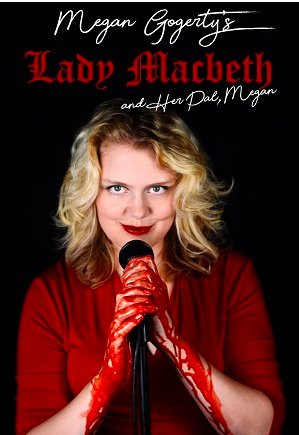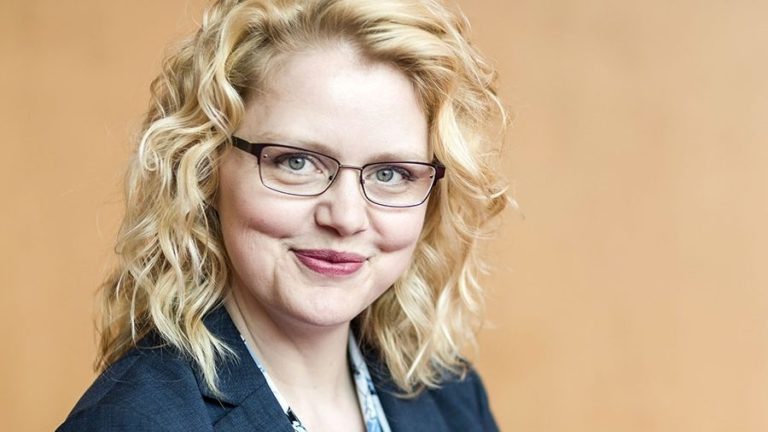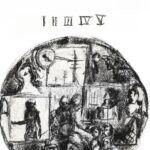If you ever approach an entrance with two doors, and one of the doors is locked, try the other door. This is not a parable. This is what I have to tell myself now after assuming MERGE to be closed when one of its doors would not bend to my will. I was not the only one to do this, which is both comforting for my individually and disheartening when considering the state of mankind.

Photo credit: houzz.com
This leads me to my segue into Megan Gogerty’s storytelling workshop.
The full title of the workshop is “Reclaiming Your Story: Storytelling Workshop.” This immediately makes me think of the workshop as one which will emphasize a feminist lens, though this is not the case. Rather, this is more of a “craft” talk.
Gogerty’s talk focuses on storytelling in a performance venue. This makes sense, as Gogerty is an accomplished playwright and actress. I had the pleasure to watch her play Lady Macbeth and Her Pal, Megan two years ago, so I went into this workshop knowing that Gogerty has credibility. With her ethos previously established, I am inclined to believe what she tells me.

Photo credit: originalworksonline.com
According to Gogerty, the desire to tell the story is not enough. If it were, we would simply journal or blog about the experience, and then move on with our lives. But for creators who want their story to be performed or conveyed through a medium such as theater, we also have the responsibility to lead our audience through our stories. Though audience members will often make connections where there are none, we as storytellers cannot leave them alone for their journey. We create the path for them, so that they can leave our performance feeling changed.
An audience is necessary if we are to feel heard when we tell our stories. Therefore, we have to treat them with the respect they deserve, providing a roadmap to understanding the stories we already tell within ourselves. Though we might understand why something was a Big Deal, it is our job as creators to make this understanding accessible.

Photo credit: Alamy
Gogerty explains all of this (in a much more eloquent and straightforward way than I am) by using the “Three Hump Model” as an anchor to the concepts. Though the authors of the stories know that nothing is linear in storytelling, this model provides a beginning, middle, and end for the audience the follow. At the end, the audience is supposed to be told what the author discovered through this story.
A piece of advice I found beneficial was that if an author is stuck on the third hump of their story, they should look to the first. The first hump should be asking a question such as, “why is this important?” or “how does this impact the audience’s understanding of what you are trying to say?” This strategy helps employ the “Three Hump Model” and provide structure when creating a story.
The workshop has people pair off and tell each other a quick story. I immediately relay something embarrassing, as is my instinct. We then turn back to Gogerty, who walks us through a few stories, giving advice along the lines of “when in doubt, up the stakes” and “use an inciting incident!”

Photo credit: istockphoto.com
Gogerty ends by touching on “why” we tell stories if it makes us so vulnerable. The answer is pretty simple: we want connection. This is why having an audience is so crucial. Who are we if we are not heard? Do our stories exist if only we are aware of them? These are questions that every writer has probably pondered at least once. Though writing is often considered a solitary act, Gogerty’s praise for the social element of storytelling is endearing and encouraging for writers who simply want to be heard.




